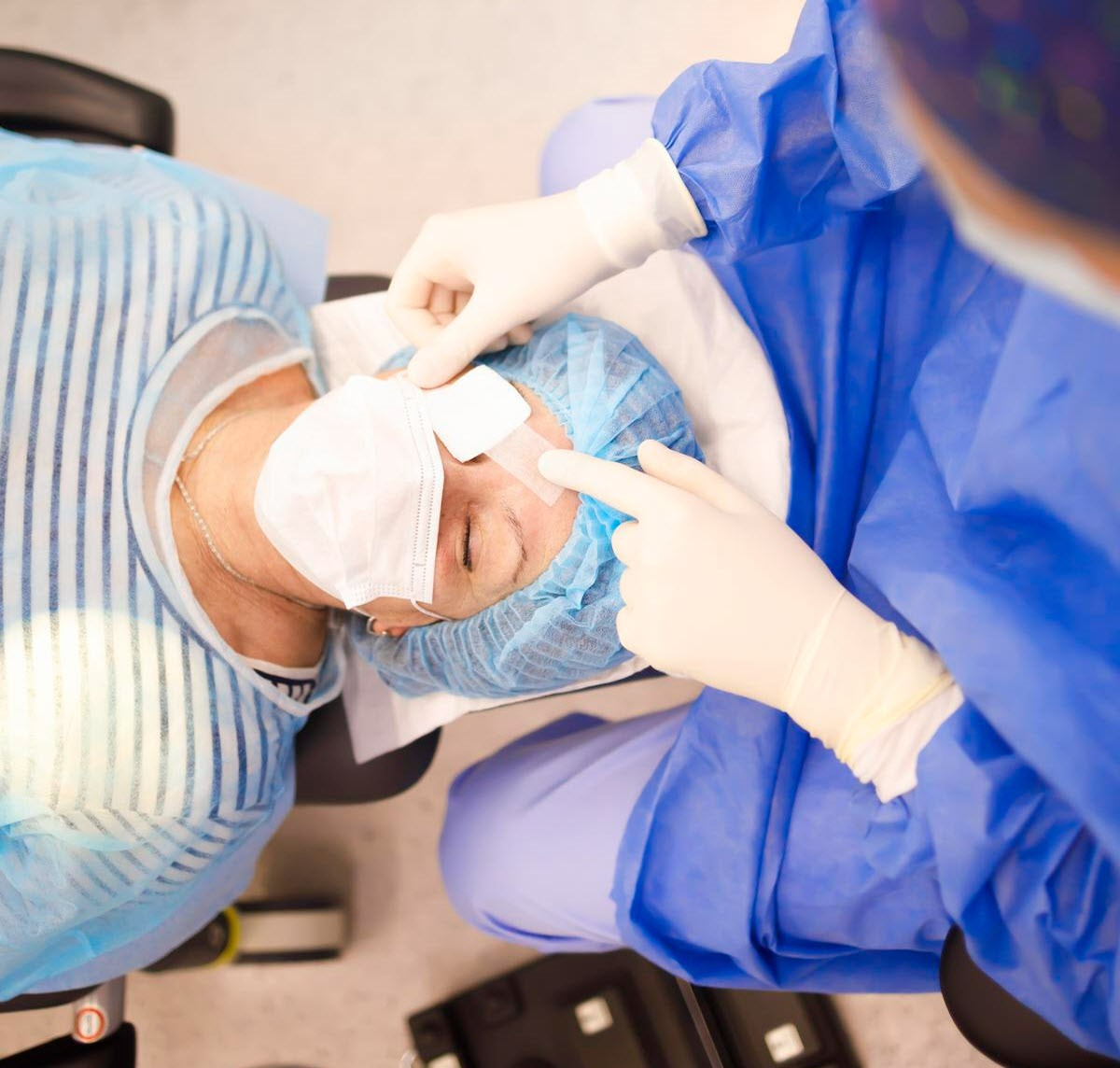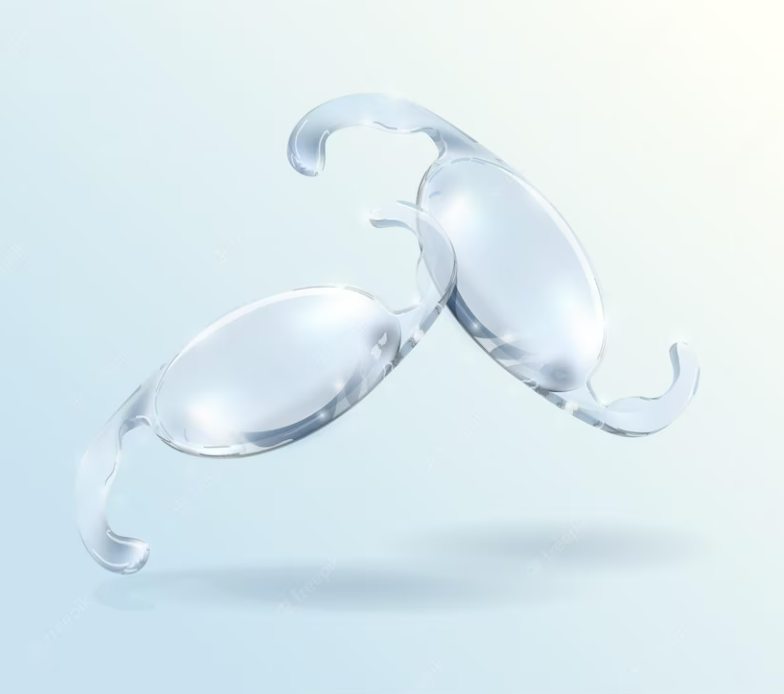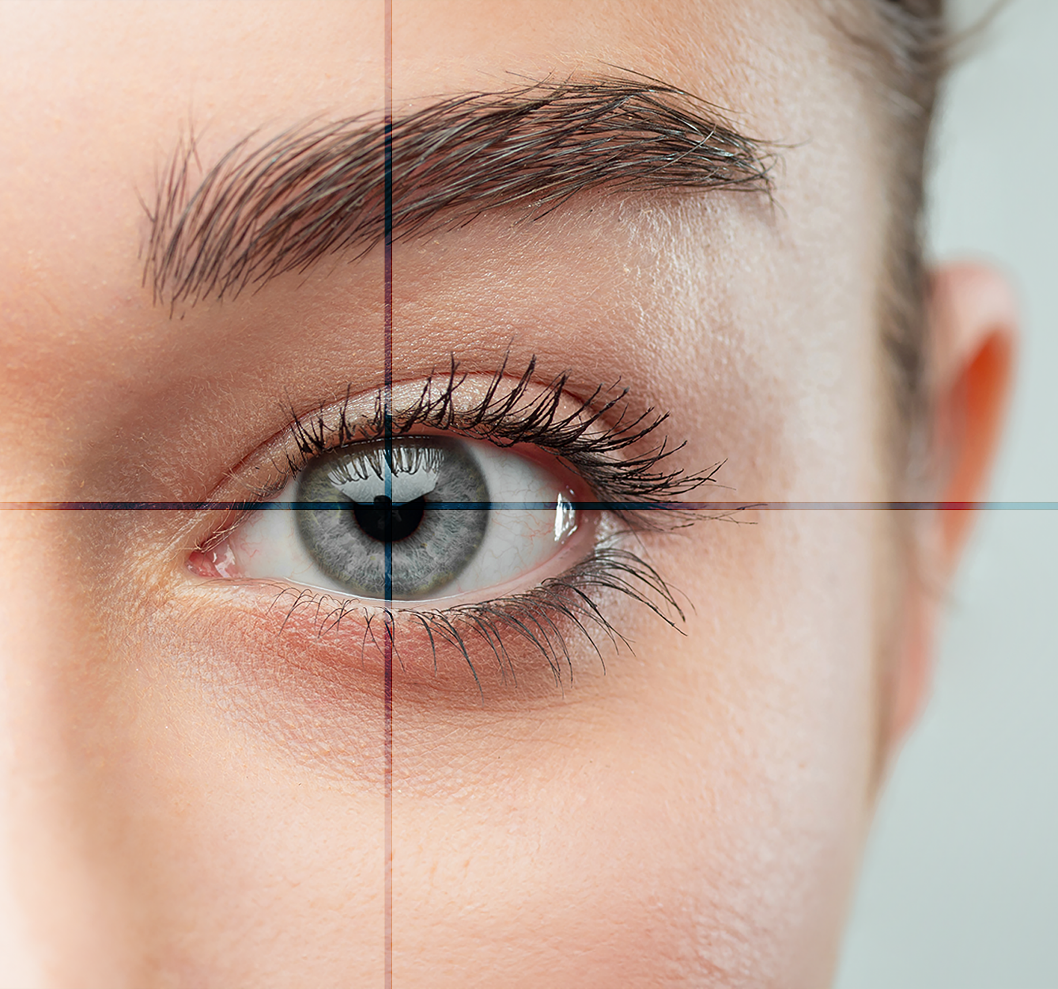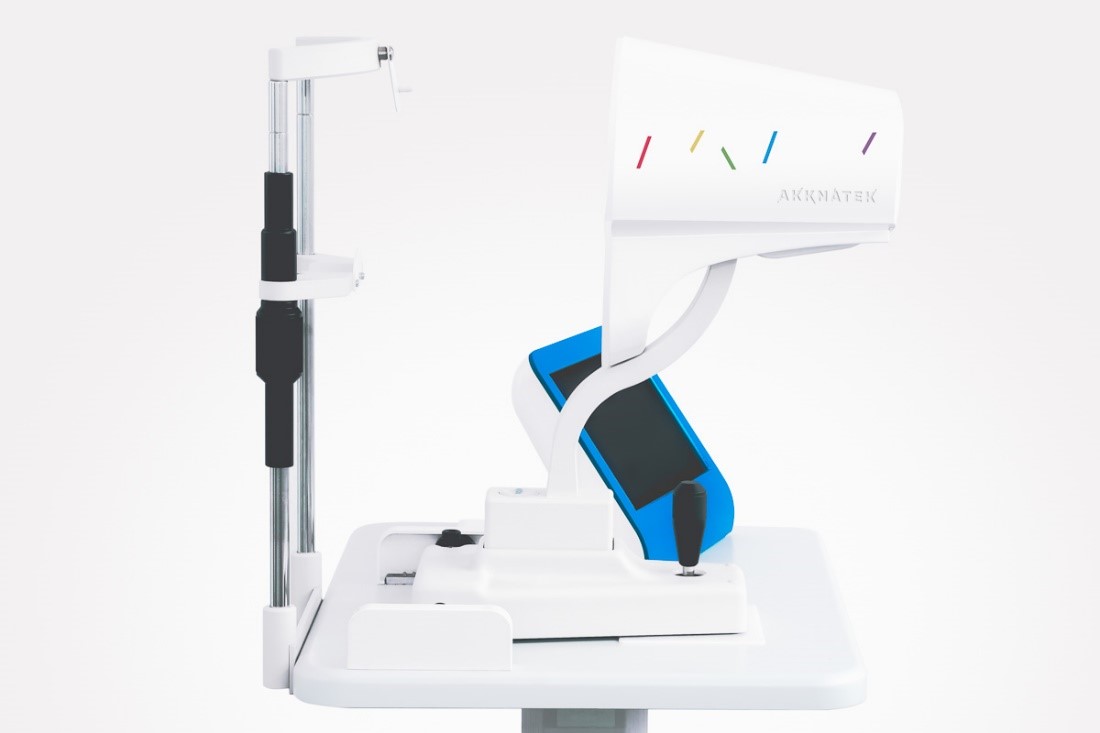Due to global population aging and increased life expectancy, the number of people affected by cataract is constantly growing. Cataract can become relevant to any person with a high probability. It is known that women are at higher risk than men of developing cataract.
Cataract significantly contribute to visual impairment in the elderly, elevating the risk of dementia, falls, and traffic accidents and profoundly affecting the quality of life while increasing mortality rates. Only timely performed cataract surgery can reduce fall-related injuries and promote healthy aging.
During cataract surgery, an intraocular artificial lens (IOL) is implanted inside the eye to replace the cloudy natural lens. There are several types of IOLs that fall into two main categories: conventional and premium IOLs. Conventional IOLs are historically still most commonly implanted; they provide only one focal distance. However, premium IOL implantation is the only way to restore the natural vision and eliminate spectacle dependence.



